
Internal Combustion Brick Integrated Drying Firing Kiln Movable Tunnel Kilns
1. Brief introduction:
Rotary tunnel kiln, also known as movable tunnel kiln, is a new type of fire kilns for red bricks. The rotary kiln body runs along an annular track with a diameter of 80-120m. The kiln body is divided from front to back into drying section, preheating section, firing section, thermal insulation section, and cooling section, with a total length of about 100-120m. On the annular track not occupied by the kiln body, the billet making machine with the billet transfer belt, runs in the same direction as the kiln body, making and stacking the billet at the same time; The moving kiln body moves forward at a speed of 70m/d to 120m/d. The front section swallows the wet green bricks, and the rear end "spits out" the finished fired bricks. The entire process of stacking the bricks, drying, preheating, baking, insulation, cooling, and discharging the bricks is completed in sequence. Compared to traditional tunnel kilns, the bricks are stacked on the annular kiln bottom at one time, and the relative movement required for the brick making process is accomplished by the kiln body movement, so there is no need for kiln cars and supporting facilities.
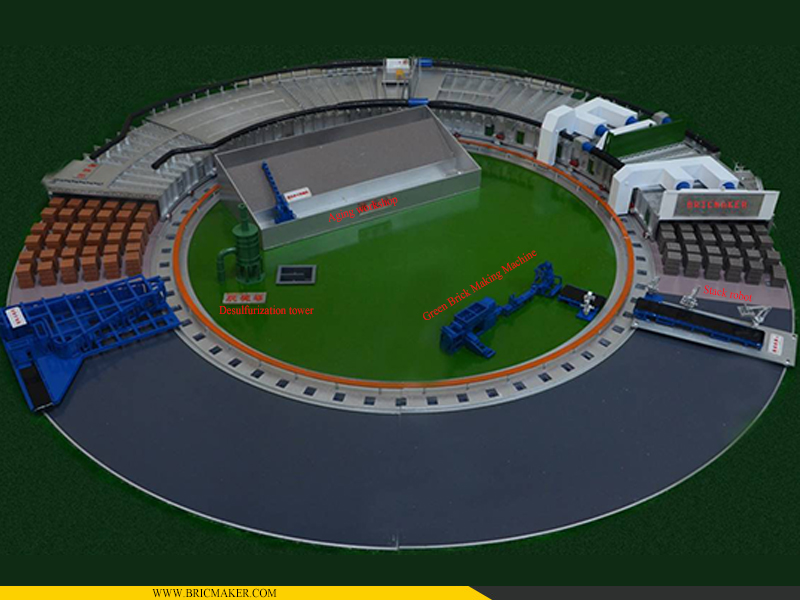
2. Main advantages of moving tunnel kiln:
(1) Kiln body move while bricks not move, with different working mode with traditional tunnel kiln
The bricks of the mobile tunnel kiln are stacked on a large circular ring with a pitch diameter of about 100m, and the kiln car accounts for about 120-150 ° of the entire circular ring. As the kiln moves, the bricks undergo four temperature control stages of drying, preheating, baking, and cooling to complete the entire firing process. As the kiln body moves forward, the bricks move relatively backward. Therefore, the direction in which the kiln body moves forward is the direction in which the cooling section bricks come out, which is fundamentally different from the traditional working mode of tunnel kiln car movement.
(2) Easier structure and easier installation
The kiln body adopts a detachable steel structure composed of section steel and steel plates, which is easy to repair and assemble.
(3) Energy saving
The wall and roof are lined with full fiber, with less heat storage from refractory materials, good insulation effect, and less heat dissipation from the furnace body. The fan adopts an axial flow fan, which consumes less power than centrifugal fans with the same performance. It also saves the high-pressure fan and circulating fan of traditional tunnel kilns, and can save at least 50 kW of power. It is a fully internal combustion tunnel kiln. In addition to the large amount of coal required for the first ignition, it is almost unnecessary to add coal during normal production, with extremely low coal consumption. Reasonable heat supply distribution and length division of each temperature section, accurate calculation of the heat balance of the cooling, drying, and waste heat recovery systems, and flexible adjustment measures on the pipeline to ensure full combustion of fuel in the kiln and ensure that the temperature fluctuation of each section of the kiln is within a reasonable range, thereby reducing heat loss and improving heating quality. Sand sealing between the kiln body and the outside can protect the atmosphere inside the kiln and reduce heat loss.
(4) Lower investment
The total investment of movable tunnel kilns is 30% less than traditional tunnel kiln.
(5) Lower running cost
Only the fan power is 50kw less than traditional tunnel kiln.
(6) Lower maintain cost
Without tradition kiln cars and pushing machine, movable tunnel kiln is with very small maintain cost.
| Item | Movable tunnel kiln | Tradition tunnel kiln |
| Heat consumption | <300 Kcal/kg | 350 Kcal/kg |
| Electricity | 120kw/h | 200kw/h |
| Workers | 47 | 55 |
| Kiln cars maintain cost | 0 | 45,000 USD/Yea |
4. Brick production process of movable tunnel kiln:
a. Raw material workshop
The batched raw materials are transferred by high convey belt to aging workshop.
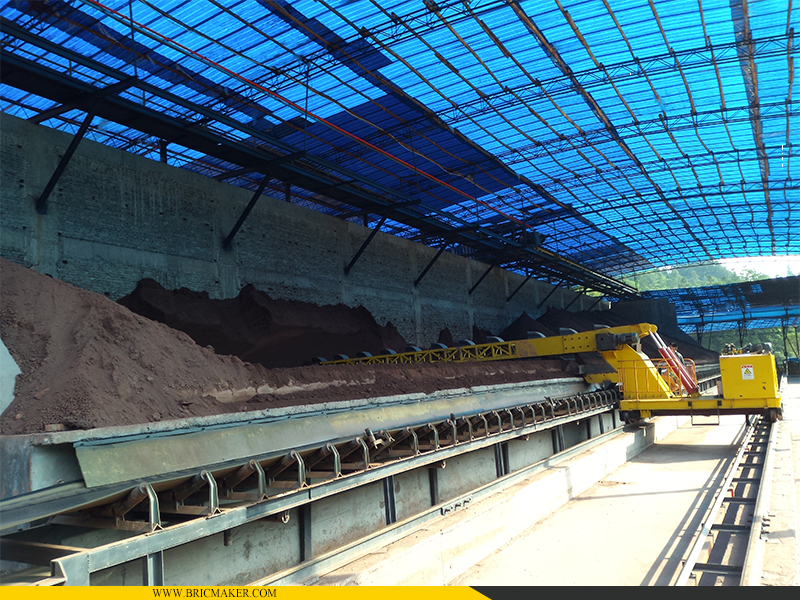
c. Billet making
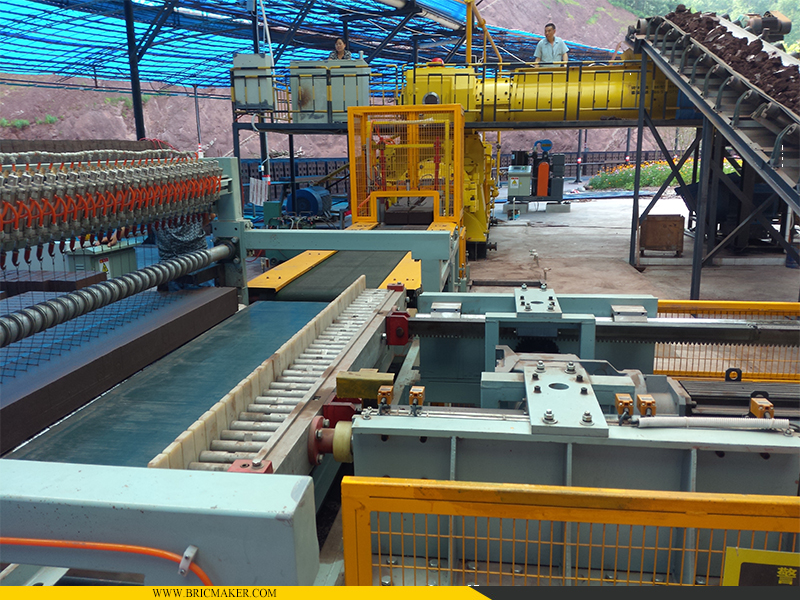
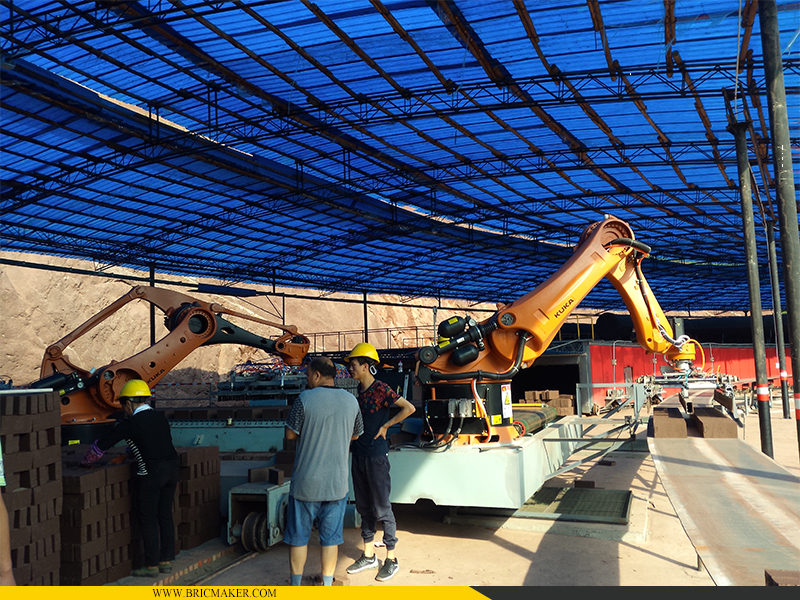
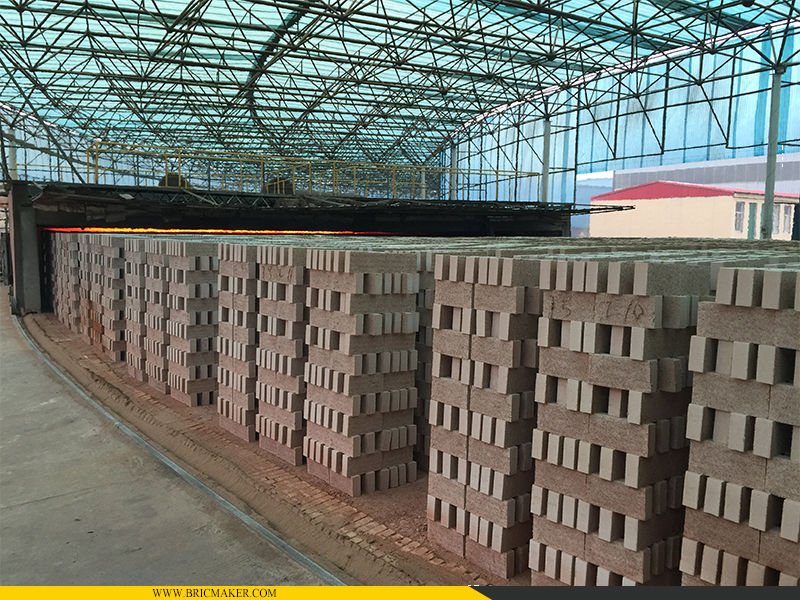
The fired finished bricks are moved out from the kiln circular by automatic unload machine and packaged by automatic packing machine.
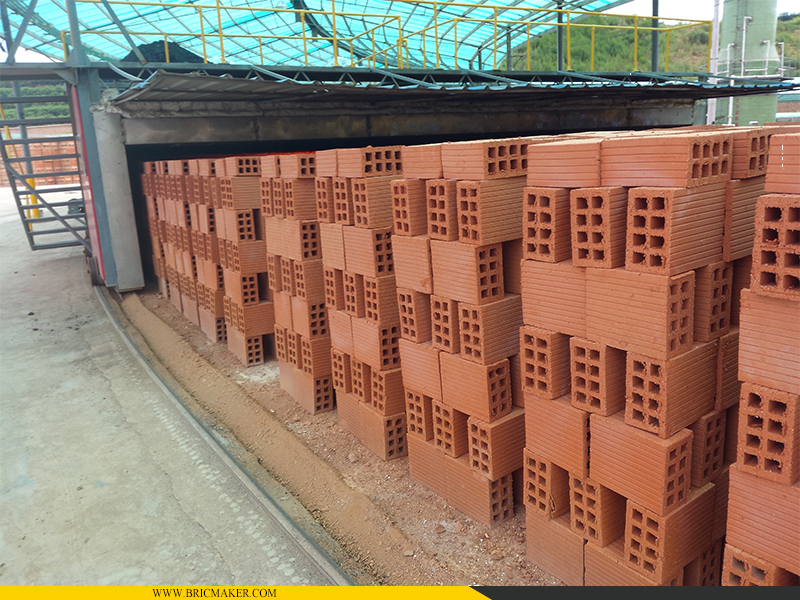
5. Our services to our brick making customers:
(1)Presales: Before the customer prepares to invest in the construction of the factory, pre evaluate the local raw materials, regions, climate, and geology, and provide guidance. Provide customer investment estimation budgets and operating cost budgets to enable investors to make reasonable arrangements for capital allocation and future operating cost estimates before investing in the plant.
Detail working video:
Name: General Manager
Mobile:+8613151630928
Whatsapp:+8613151630928
Email:sales@bricmaker.com
Add:No.1, Huayu Road, Donglai Development Zone, Zhangjiagang City, Jiangsu, China
We chat
